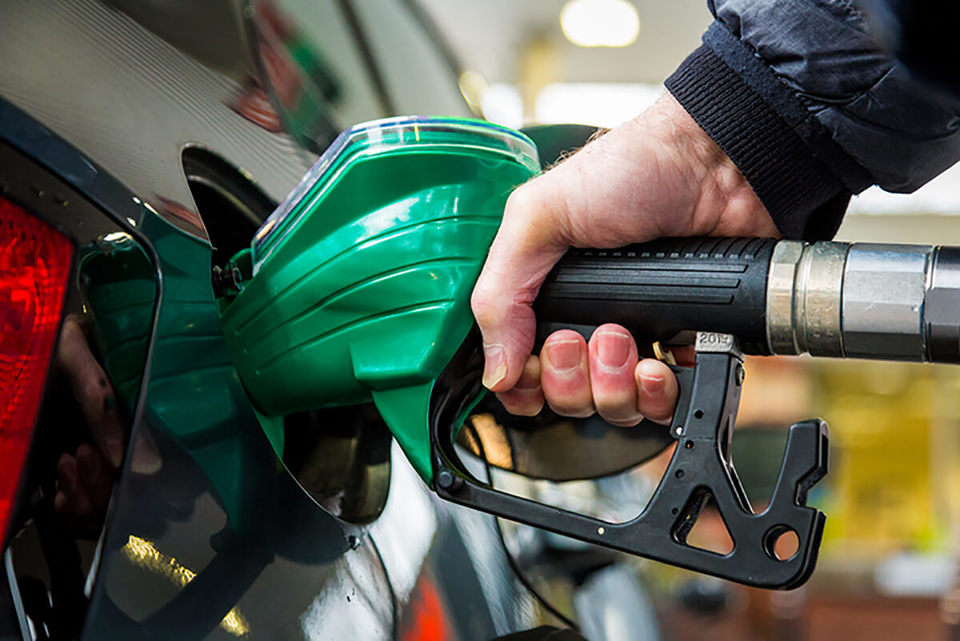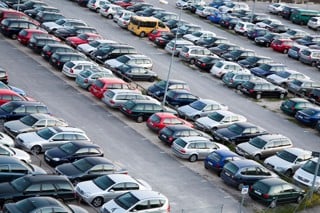RAC analysis of Government fuel pricing data by the RAC found a 14p difference between the highest and lowest-priced supermarket petrol in January.
The average price of a litre of unleaded stayed at 140.5p in January, while diesel remained at 148.5p.
In Northern Ireland, however, petrol was 4.2p cheaper than the UK average at 136.2p by the end of the month and diesel was 3.5p lower at 144.9p.
RAC says that this disparity was further highlighted by Costco pricing their petrol at an average of 130p and diesel at 139.6p.
Meanwhile, independently run forecourt Grindley Brook in Whitchurch, Shropshire, was only charging 133.9p for petrol – almost 7p less than the UK average.
Analysing the prices charged by the big four supermarkets that dominate UK fuel retailing via the Government’s voluntary price reporting scheme, the RAC has found different prices are being charged.
On January 31, it says that the cheapest litre of unleaded found by the RAC was sold by Sainsbury’s for 131.9p in Oxford and Newport, with the most expensive being Morrisons at 145.9p in Exeter and Ipswich – a 14p difference.
While the average difference between a litre of petrol at a supermarket was nearly 12p (11.6p), Tesco had the smallest gap – 8p – between its low of 138.2p and its high of 142.9p.
|
31/01/2024 |
Average |
Min |
Max |
Spread |
|
Asda |
138.0p |
132.7p |
144.9p |
12.2p |
|
Morrisons |
137.6p |
132.7p |
145.9p |
13.2p |
|
Sainsbury's |
138.1p |
131.9p |
144.9p |
13.0p |
|
Tesco |
138.2p |
134.9p |
142.9p |
8.0p |
|
Whole UK |
138.0p |
131.9p |
145.9p |
14.0p |
For diesel there was a spread of more than 14p between Sainsbury’s forecourts in Oxford and Newport charging 139.9p, compared to Bath at 153.9p.
The average spread between supermarkets’ high and low diesel was just over 11p (11.3p).
|
31/01/2024 |
Average |
Min |
Max |
Spread |
|
Asda |
146.5p |
141.7p |
153.7p |
12.0p |
|
Morrisons |
146.0p |
141.7p |
151.9p |
10.2p |
|
Sainsbury's |
146.4p |
139.9p |
153.9p |
14.0p |
|
Tesco |
146.5p |
141.9p |
150.9p |
9.0p |
|
Whole UK |
146.4p |
139.9p |
153.9p |
14.0p |
The wholesale prices of both petrol and diesel increased by 3p and 4p respectively in January on the back of oil rising to more than $80 for the first time since the end of November.
RAC fuel spokesman Simon Williams said: “While petrol is at its lowest point for well over two years, January unfortunately brought an end to three consecutive months of falling prices at the pumps.
“It is still concerning to see that fuel remains considerably cheaper in Northern Ireland and that the supermarkets are charging wildly different prices for identical petrol and diesel at different locations around the UK.”
He explained: “The data retailers are voluntarily providing to the Competition and Markets Authority has shed a whole new light on the pump price postcode lottery.
“It seems blatantly wrong to us that the very same petrol or diesel can vary in price by as much as 14p a litre, depending on where drivers are filling up.”
Williams is hopeful that this will be addressed by the new price monitoring body recommended in the CMA’s report.
“We really can’t afford to have a repeat of 2022 where the CMA concluded drivers had been overcharged by major retailers to the tune of £900m,” he said.
“The question is how soon such a body is realistically going to be established, especially with a General Election on the horizon.”
Despite the attacks on tankers in the Red Sea the oil market appears relatively stable on the back of weaker global demand.
Positively for fleets, analysts aren’t forecasting much short-term change from the current barrel price of $82.























Login to comment
Comments
No comments have been made yet.